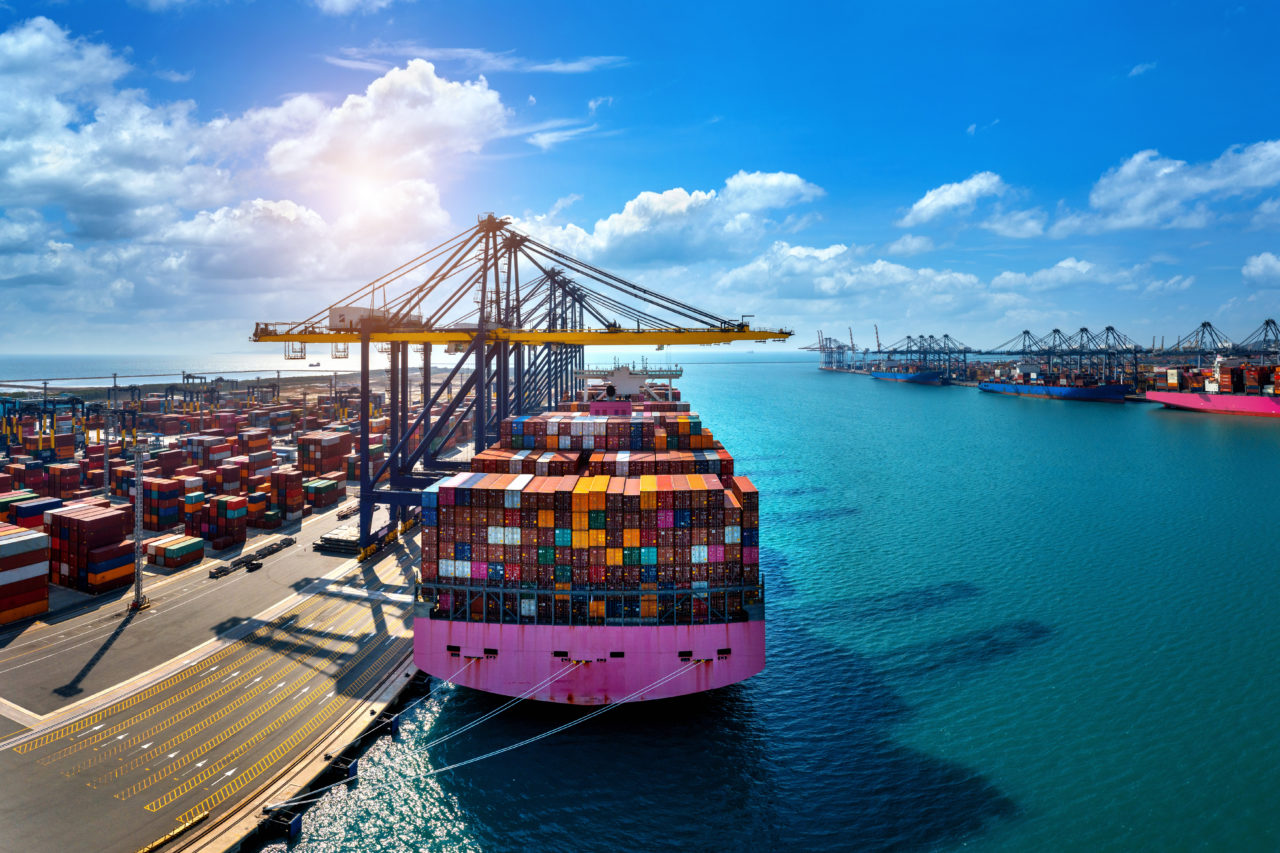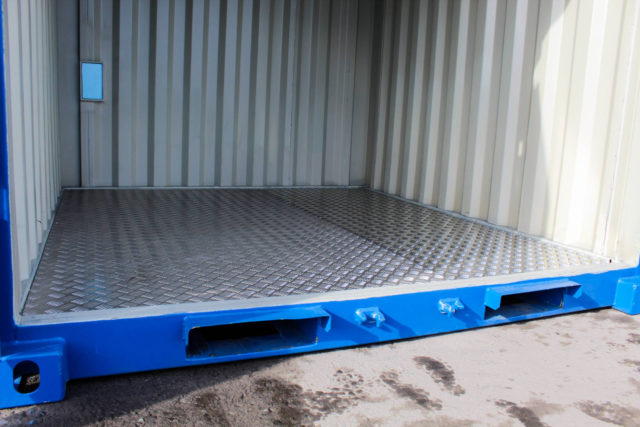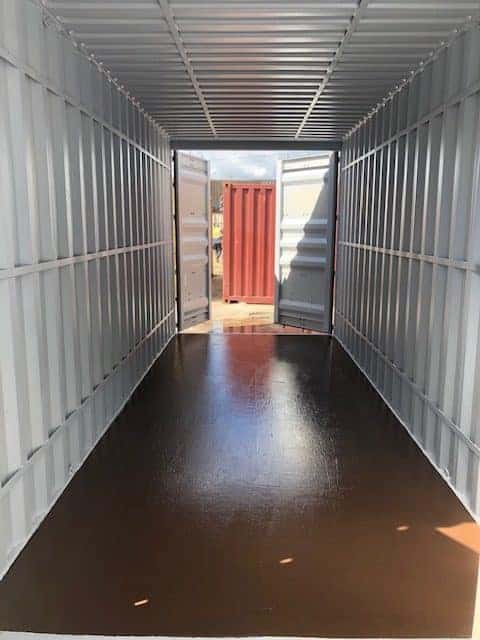
Container flooring may not be the first thing that comes to mind when thinking about shipping containers, but it plays a crucial role in the transportation of goods across the globe. In this article, we’ll take a closer look at container flooring, its composition, importance, and the various factors that make it a robust foundation for the world of logistics.
Composition and Structure
Container flooring, also known as container or cargo deck, is typically made from a combination of wood and steel. The key components of container flooring include:

- Plywood or Bamboo Flooring: The top layer of the container flooring is usually made of plywood or bamboo. These materials provide a flat, sturdy surface that can withstand the weight and impact of goods during shipping.
- Cross Members: Underneath the plywood layer, you’ll find a network of steel cross members running perpendicular to the length of the container. These cross members provide structural support and distribute the weight of the cargo evenly.
- Undercoating: To protect the steel structure from corrosion, an undercoating or anti-corrosion treatment is often applied.
Importance in Cargo Protection

The container floor is the point of contact for the cargo inside the container. As such, it must be able to endure a range of challenges, including:
- Weight: Shipping containers are designed to carry heavy loads. The flooring must bear the weight of the cargo without warping or breaking.
- Impact Resistance: During transportation, cargo can shift and experience impact forces. The container floor must be robust enough to withstand these impacts and protect the cargo.
- Moisture Resistance: Containers are often exposed to the elements, and moisture can seep into the container. The flooring material must resist moisture and prevent damage to the cargo.
Sustainability and Alternatives
With increasing focus on sustainability, there has been a move towards more environmentally friendly container flooring materials. Some containers are now equipped with bamboo flooring, which is a sustainable and renewable resource. Bamboo is not only strong but also resistant to moisture and pests.
Additionally, some companies have started using engineered wood products and alternative materials to reduce the environmental impact of container flooring while maintaining strength and durability.
Maintenance and Longevity

Proper maintenance is essential to ensure the longevity of container flooring. Regular inspections and repairs, especially in the case of damage or excessive wear, can extend the life of the container. Routine treatments to protect against corrosion also contribute to the flooring’s overall lifespan.
Conclusion
Container flooring is the unsung hero of global trade and transportation. It provides a sturdy, durable foundation that protects the cargo inside shipping containers, ensuring goods arrive at their destination in the same condition they left. With a growing emphasis on sustainability, container flooring is also evolving to incorporate eco-friendly materials while maintaining its core strengths. As long as global trade continues to rely on shipping containers, container flooring will remain a vital and ever-improving component of the logistics industry.





